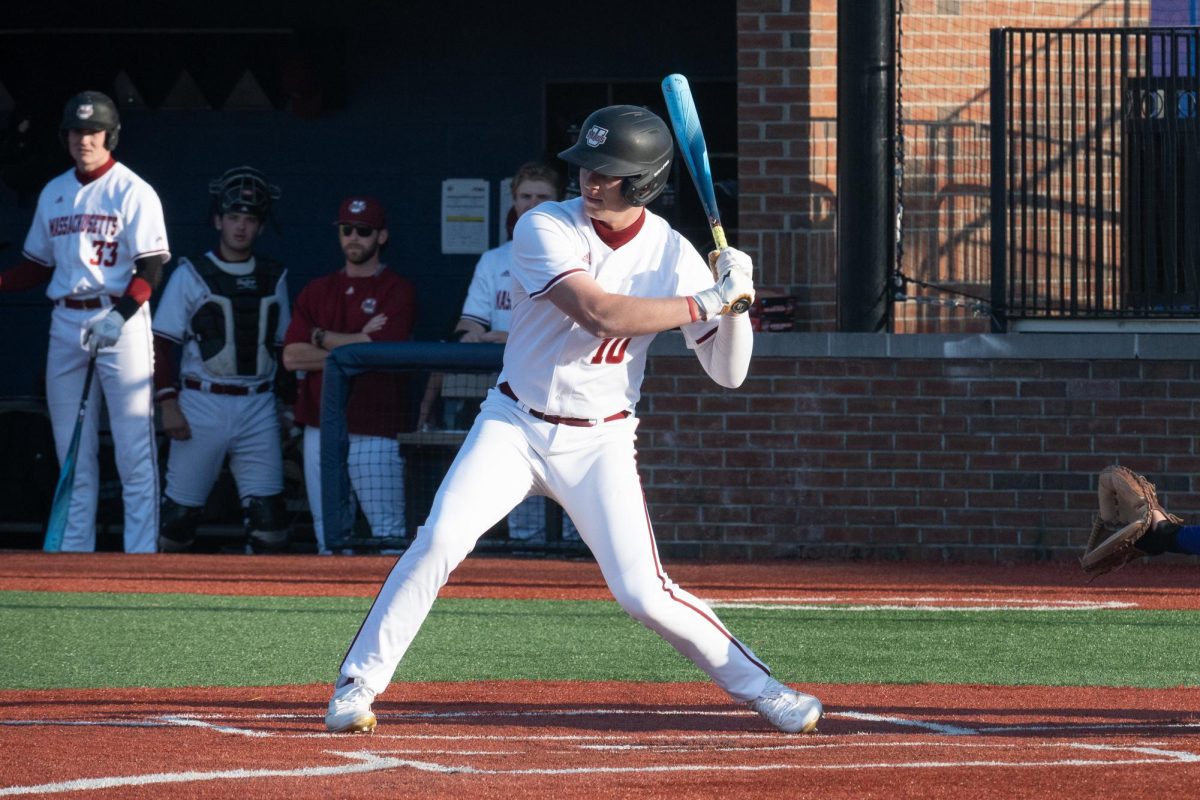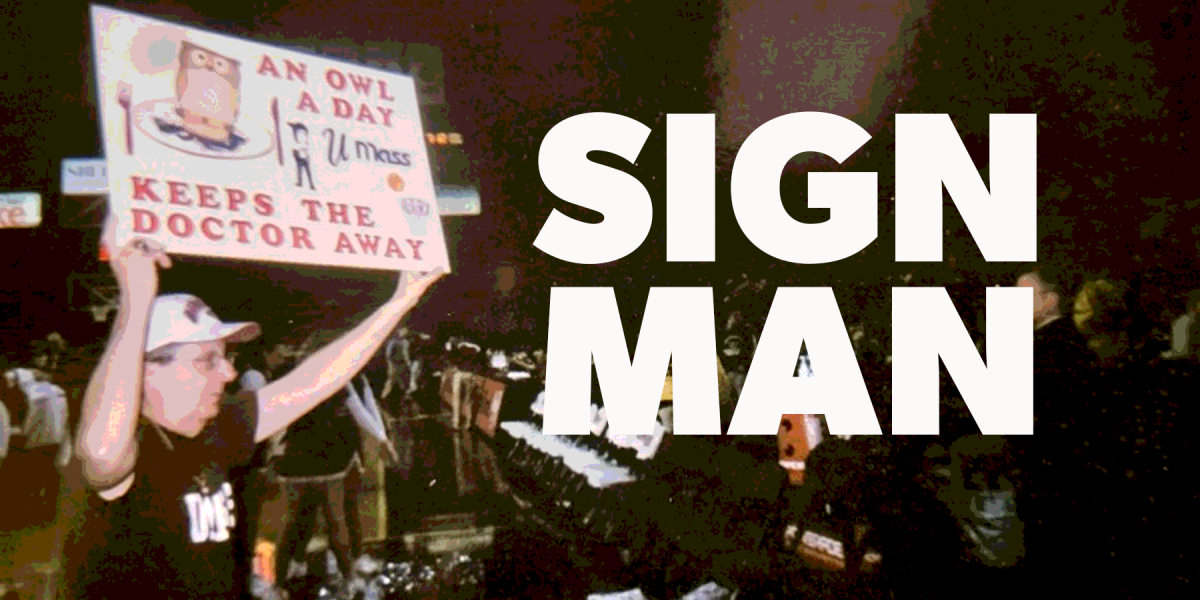Creative director and scenic designer David Korins has made his mark since graduating from the theater department at the University of Massachusetts in 1999. He has designed the sets for several Broadway shows including “Hamilton,” “Dear Evan Hanson,” “Bandstand” and “War Paint.”
Most recently, audiences have experienced the world of Tim Burton through Korins’ scenic design for the musical stage adaptation of “Beetlejuice,” which premiered in Washington D.C. in October 2018 before opening on Broadway in April 2019. Korins won an Outer Critics Circle Award and Drama Desk Award – and has been nominated for a Tony Award – for the production’s set.
Outside of the theatre, Korins won an Emmy Award for his work on “Grease Live!,” created live music experiences for artists such as Kanye West and Lady Gaga and put together exhibition-style experiences, including the Hamilton Exhibition in Chicago. He also served as a production designer for the 91st Academy Awards.
Below is the transcription of an interview with Korins, which was lightly edited for clarity and length.
***
Abigail Charpentier: When you were at UMass, was there a class or a production you worked on that stands out to you now?
David Korins: Well, I took a course called “Beginning Techniques and Design” in the theater department, which teaches you a little about theory, lighting, costume and sound design and that really helped give me a sense of like total world building and I think from there, you know, really everything built from there.
AC: Was there a specific production that you worked on that you had the most fun on or learned the most from?
DK: Every production, to be honest. I had this great fortune to, when I was an undergrad, get to have a chance to design productions, which is a kind of a rare thing, or was a rare thing when I was there…They created a kind of undergraduate festival in which undergraduate writers could write things and designers could design things and I was able to design the first one of those, which was really formative and great for me.
AC: What was your first job after graduating from UMass?
DK: Well, I worked while I was at UMass at a place called Williamstown Theatre Festival where I actually got paid to do what I do now, which was kind of thrilling. And then, from there, I think my first job was at a little theater in Connecticut, but I came to New York and I moved here after graduation and I started assisting full time.
AC: Jumping to present day, your work with the stage production of “Beetlejuice” has garnered a lot of attention this season. What was it like creating the set for the adaption of such an iconic film?
DK: Well, I’ve had the fortune of designing a lot of stage adaptations from movies, so that wasn’t new for me. I think the thing about “Beetlejuice” is, it’s such a rich visual world. You know, Tim Burton is one of the great visual artists of our generation, of my time, and so it felt like a lot of responsibility… I think when people think about Tim Burton or “Beetlejuice,” they think about… what he has accomplished visually between all of his movies. And so, one of the things I felt like I had a responsibility to do was to actually serve up a lot of iconic things, not just from the “Beetlejuice” movie, but you know, from his entire kind of visual body of work. So the design of “Beetlejuice” is some “Nightmare Before Christmas,” some “Edward Scissorhands,” some “Coraline,” and we sort of tempered in a whole bunch of visual stuff from his world because it did become so iconic.
AC: Some of the more recent shows you did the scenic work for, like “Hamilton” and “Dear Evan Hansen”, have gone on touring productions and opened in other cities. Is this something you take into consideration when doing design work, or do you focus on one specific production in one specific theater at a time?
DK: Almost every piece of theater that is successful in New York will go on a tour, so that that is part of the ultimate trajectory. But, you need to make a show’s potential in the first iteration in order to have that opportunity. So, you don’t really think about the eventual tour while you’re designing the first iteration, what you do is think about what’s the best version of the story that you could possibly tell. And then you, upon success, you take the thing that you made and figure out a way to tour it.
AC: Do you have a favorite theater to work in or a favorite space to design?
DK: Not really, it doesn’t have much to do with the theater itself [as it] has to do with the story we’re telling inside of the theater, to be perfectly honest. We basically try to rise up to the challenge of the physical space or parameters for every show that we do.
AC: What has it been like to build your own design company? Was it just you at first and then you decided to expand? What was that like?
DK: It’s one of the great joys of my life, building the company, because I couldn’t do what I do without the people that work with me. Yeah, I started by myself and as far as the design company goes, I very quickly realized that one plus one equals three, doesn’t equal two and so I got a lot of people to help me execute things and we built it from the ground up. We sort of identify weaknesses with regard to the work that we do in our office, how we want to work with the processes, how we can best manage the process with our collaborators and then we hire people to help fill in those [positions] and it’s been really great. We now have 20 full-time employees, so it’s pretty wonderful.
AC: What do you hope to do in the future? You’ve done work in the theater, you designed the set for “Grease Live!” and the most recent Academy Awards, is there anything you want to try or something you want to focus on?
DK: Many things. Many, many things. I just got out of a meeting just now, we are going to start producing things on our own… We are currently assessing something like 50 different types of projects as we speak…
AC: Lastly, is there any advice you would give to a college student or someone just starting their career as a set designer?
DK: Well, I mean, I don’t think that anyone has career just as a set designer…I feel like set designers are visual storytellers and we are people who [build]worlds. And so, my advice would be, be open to trying a lot of different things. I’ve seen many set designers go on to become architects or go on to become visual artists or go on to become bakers, because, you know, building a cake and designing the frosting and the layout of that is also a kind of design. I think be open to the fact that what you’re doing is helping someone – in the case of a set designer, a director and a playwright – build a world. But, you could build a world in a lot of different ways, whether it’s window dressing, or it’s a big event that is a rock concert, be open to finding your own path.
Abigail Charpentier can be reached at [email protected] and followed on Twitter @abigailcharp.




















